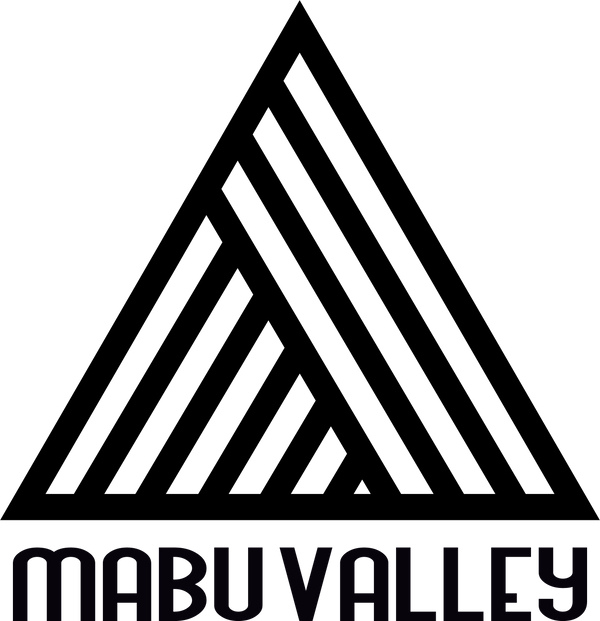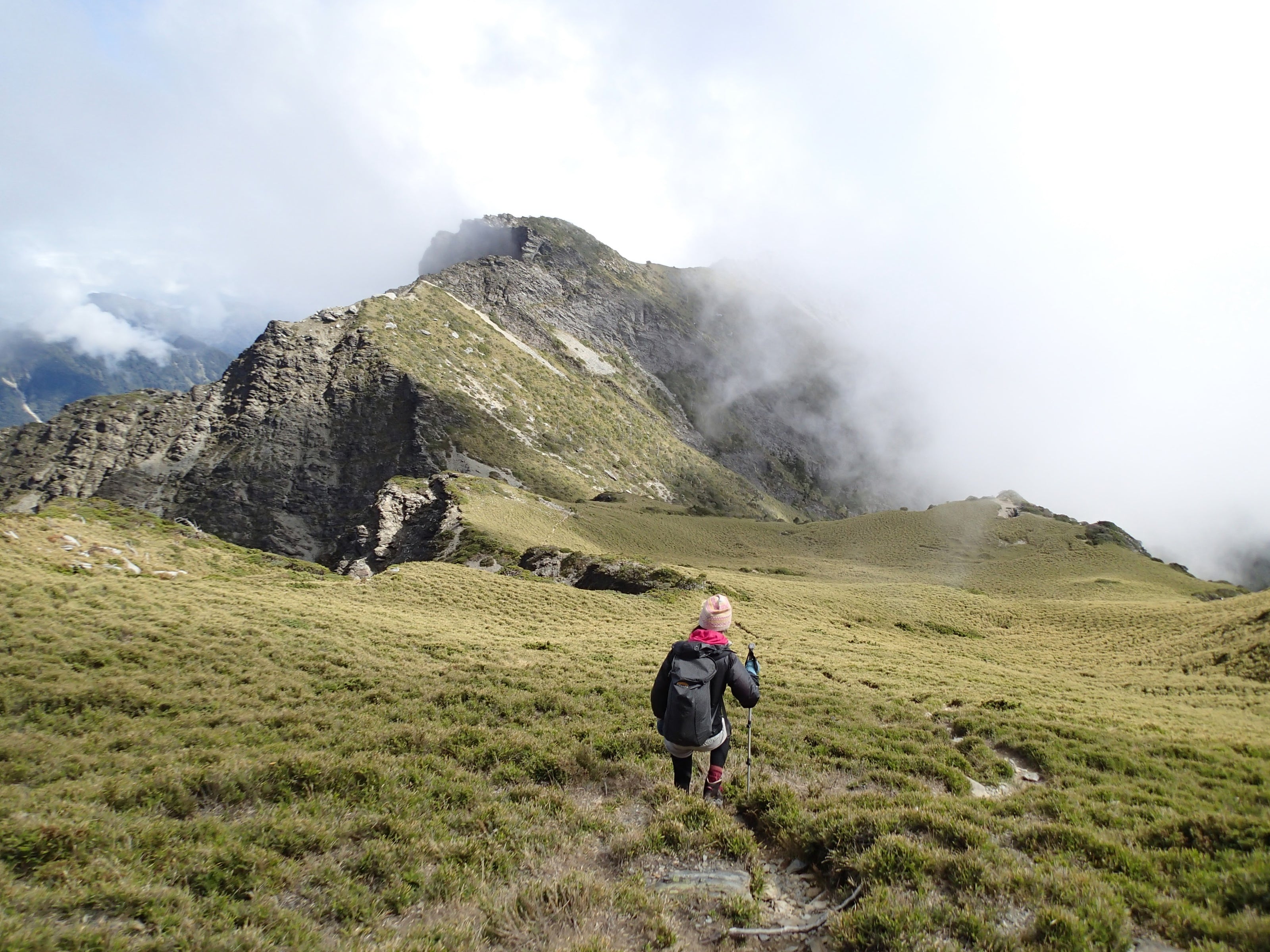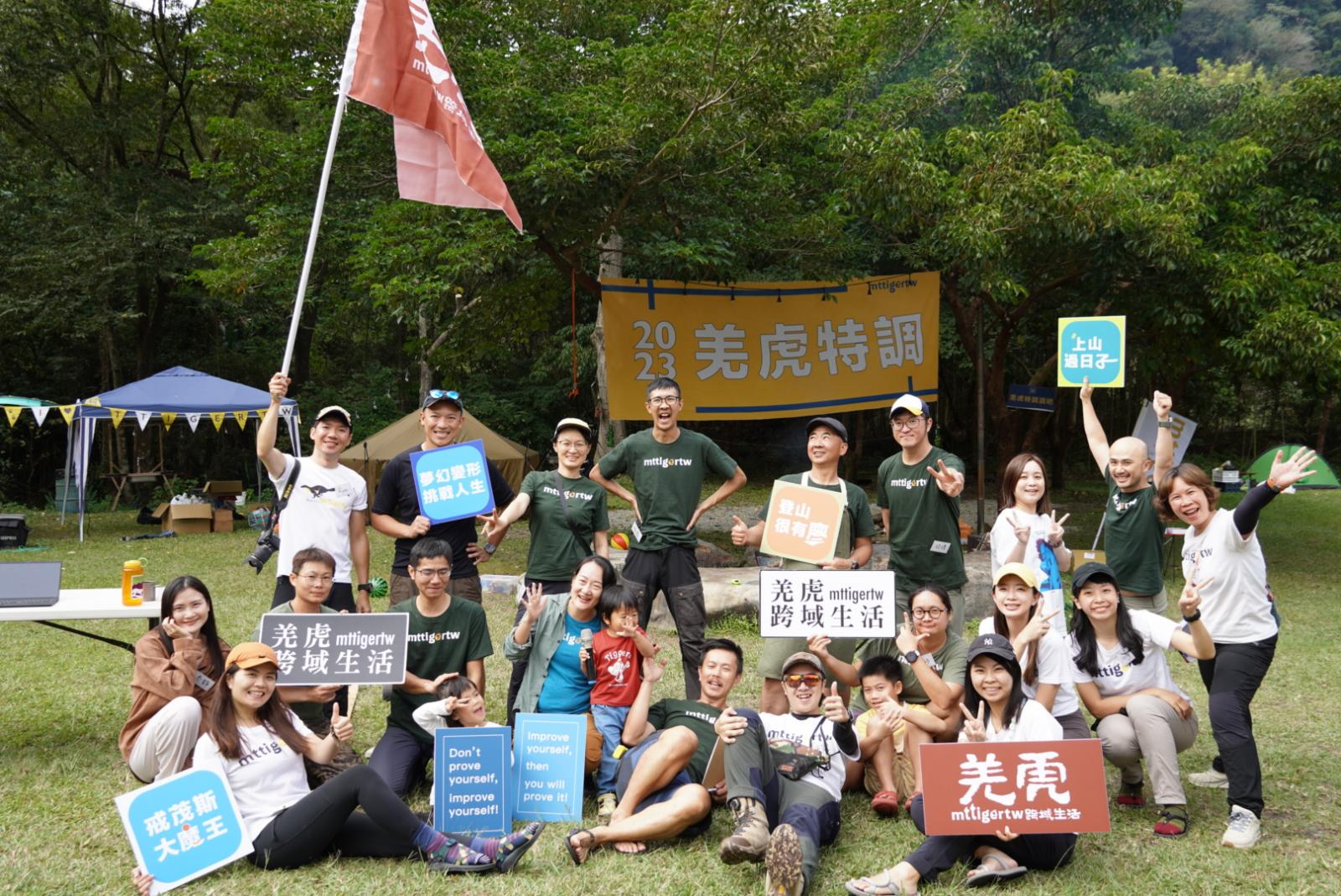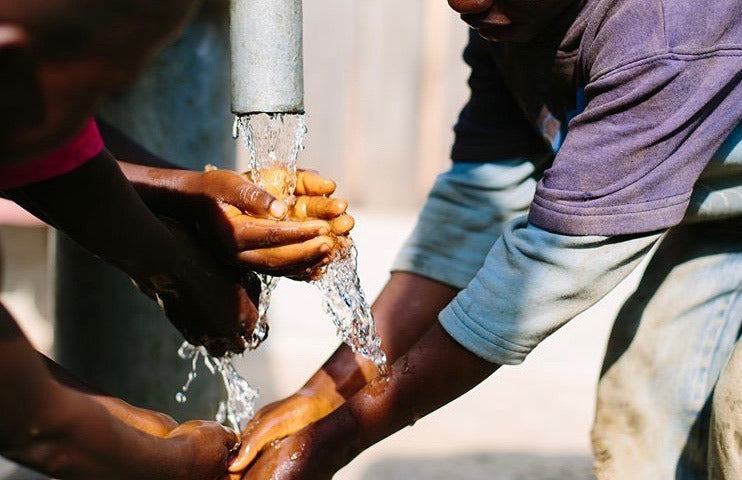The world's top tent HILLEBERG production concept
Building the Best Tents Through Six Basic Principles <br>We build tents and homes in the wild, and that's all we do.
We started manufacturing our first tent in 1973 and pre-conceived tent performance through six basic principles to create the most beneficial and best-performing tent.
We believe that this method of design and construction can give you the best home in the wild.
Our performance “principles” – the six attitudes we consider essential to superior performance –
These are reliability, adaptability, ease of use, durability and comfort , all integrated within the expected performance range with appropriate lightweighting . ------
We started manufacturing our first tent in 1973 and pre-conceived tent performance through six basic principles to create the most beneficial and best-performing tent.
We believe that this method of design and construction can give you the best home in the wild.
Our performance “principles” – the six attitudes we consider essential to superior performance –
These are reliability, adaptability, ease of use, durability and comfort , all integrated within the expected performance range with appropriate lightweighting .
ReliabilityReliability
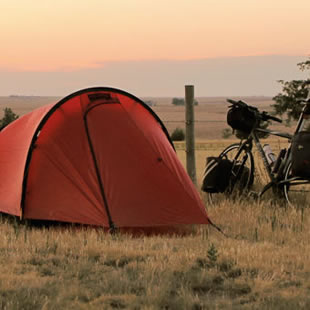
- Simply put, you must rely on your Hilleberg tent, whether it is the top-of-the-line Black Label tent among Hilleberg, or the most lightweight Yellow Label tent.
We carefully select all materials, design elements and tailoring techniques - the fabric of the tent, the diameter of the poles and the position of the ropes. Basically, excellence at every level.
Adaptability

- What your Hilleberg tent offers is equivalent to covering the entire performance spectrum. Therefore, both black label and red label tents are suitable for use in all seasons.
Specifically, the Black Label style fully operates under both the best and worst demands. Red Label and Black Label have similar functions, but Red Label has the advantage of being lighter in weight. Yellow-marked tents are designed for warmer environments and less exposure to snowy terrain, and are still suitable for use in cold, hot, wind and rain environments.
Ease of UseEase Of Use

- No matter how reliable a tent is, if it is complicated or difficult to set up, it will still be a major disadvantage in use. The feature of every Hilleberg tent is that it connects the inner and outer tents, so that the inner and outer tents can be easily separated and re-erected even in bad weather.
The black label and red label models mean that the tent can be easily set up even in strong winds, heavy snow, darkness, alone, and wearing heavy gloves. Similarly, the yellow label model is easy to set up by one person even at night, in rainy days, or in strong winds. For example: setting up a Hilleberg tent in a wind speed of 100 kilometers per hour.
DurabilityDurability

- Regarding the scope of usability, the tent must not only withstand daily erection during travel, but also be used for as long as possible.
Black Label is designed to provide optimal durability. The tents of the Yellow Label and Red Label series not only have excellent durability, but are also as lightweight as possible.
At the same time, we are very cautious. That's why we tested and tested to enhance the performance of Hilleberg tents.
Comfort

- The comfort of wild camping represents not only "luxury", but also basic "liability". That's why Hilleberg tents feature bright and spacious interiors, plus excellent ventilation in any climate.
LightweightLow Weight

- The idea behind the Hilleberg tent was neither to make a tent that was structurally strong, easy to set up, and heavy, nor to make a tent that was super lightweight but expensive.
The principle of lightweighting Hilleberg tents is to "pursue optimization of strength and weight."
Hilleberg could have gone with a lighter material, but that wouldn't have met our strength standards. At the same time, the ultimate goal of Hilleberg Tent is not to make the lightest tent, but the lightest, strongest, most reliable, most comfortable, and most durable tent possible within acceptable limits.
